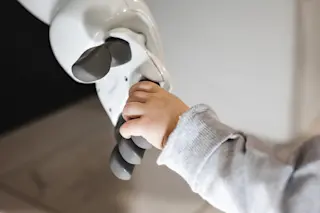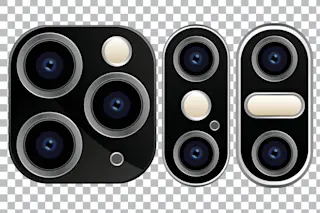It may be tempting to believe that our modernized and globalized world holds the key to technological advancement. We’re continuing to see strides in artificial intelligence and technology that will put us well into the future.
But many of the modern wonders we see today, we also take for granted. And common inventions that we use daily actually have a historical founding in ancient times, stretching back thousands of years ago. Here are five of those inventions that we can say thank you to ancient inventors.
(Credit: JossK/Shutterstock)
JossK/Shutterstock
You may not even think about it, but we seek comfort in central heating. Those in ancient history thought the same and wanted to feel warmth beneath their feet in a temple. At least that’s what the ancient Greeks wanted. One of the first systems of central heating – called a hypocaust – is known from the Temple at Ephesus, constructed ...















